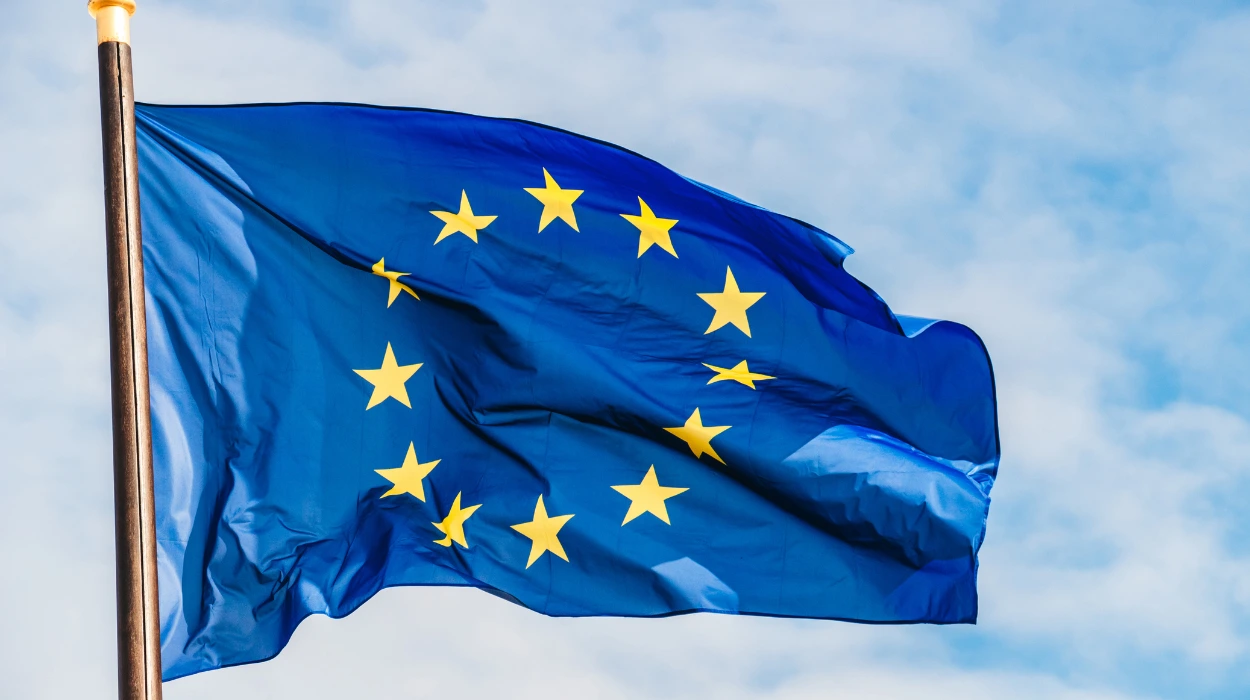Brussels (Brussels Morning Newspaper) – The EU-Chile Interim Trade Agreement (ITA) has become effective to boost the competitiveness of businesses on both sides while establishing a shared platform for the development of our net-zero economies.
According to the European Commission, the arrangement will enable the European Union and Chile to collaborate as like-minded, continuing partners on global issues, such as the de-risking of supply chains and the battle against climate change.
Additionally, it will increase the EU-Chile privileged collaboration and put shared values at the core of bilateral ties, including significant commitments and reliable provisions on sustainable gender and trade equality. EU further said that the work will also be underpinned by lasting endeavors under the Global Gateway, such as the outcome of critical raw materials value chains for copper and lithium and the Production of Green Hydrogen.
Will the EU-Chile trade deal increase exports to Chile?
It will exempt almost 99.9% of EU exports to Chile from tariffs, which could raise EU exports to Chile by up to €4.5 billion. It is hoped that this agreement will help allow for access to key resources on the path to a green economy-including lithium, copper, and hydrogen.
A separate chapter of the ITA is dedicated solely to small and medium-sized enterprises (SMEs), designed to cut red tape and enable these businesses to take maximum advantage of the agreement.
What are the main goals of the previous EU-Chile association agreement?
The previous agreement between Chile and the EU is the EU-Chile Association Agreement. It was signed in November 2002 and force since February 2003. This agreement sets out a comprehensive framework of political dialogue, cooperation, and trade between the two parties.
In this association agreement, an FTA was included between the parties to reduce tariffs and trade barriers that allow increased trade in goods and services across the different sectors to provide for economic cooperation.



